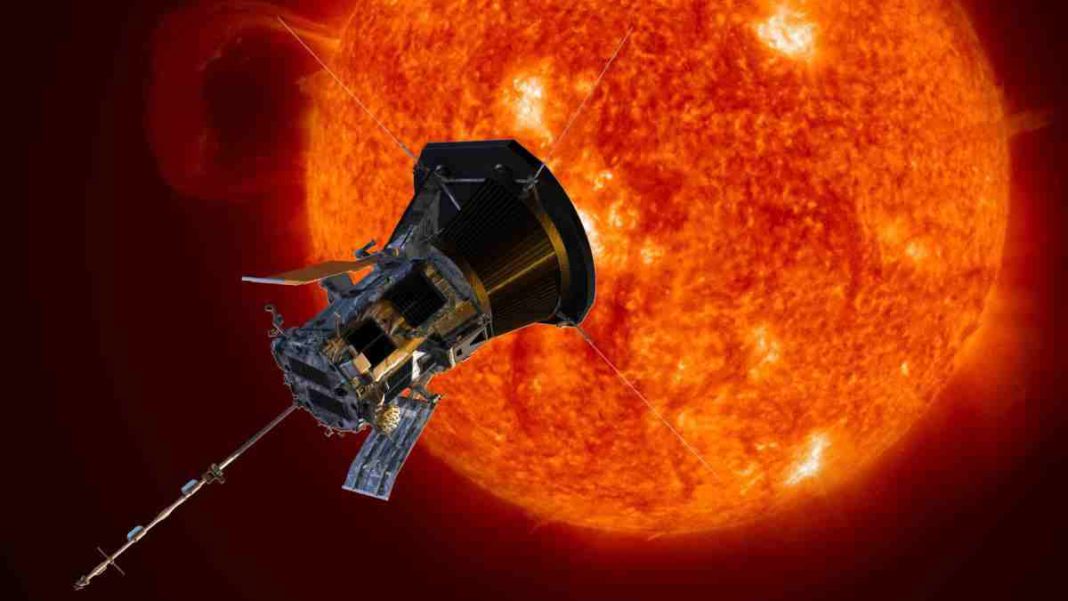UNITED STATES: NASA’s Parker Solar Probe has once again defied expectations and made history, earning the title of the fastest human-made object in existence by reaching an astonishing speed of 635,266 kilometers per hour (kph).
This remarkable achievement occurred during the probe’s 17th orbit around the Sun, just three years after it set its previous speed record of 586,863 kph.
Imagine hurtling through the cosmos at such mind-boggling velocity, completing an astonishing 15 circumnavigations of Earth in just one hour. The Parker Solar Probe’s recent achievement has left even seasoned space enthusiasts in awe.
What makes this feat even more extraordinary is the probe’s mode of propulsion. Unlike traditional spacecraft that rely on artificial propulsion, the Parker Solar Probe meticulously follows a pre-planned orbit around the Sun, spiraling closer due to the Sun’s immense gravitational pull.
NASA anticipates that by 2025, this celestial speedster will reach an even more impressive 690,000 kph.
The Parker Solar Probe, which embarked on its groundbreaking mission in 2018, seeks to reveal the mysteries of our Sun, which is crucial for understanding its behavior and its influence on our planet.
This knowledge is essential for predicting and preparing for the Sun’s various impacts on Earth, including solar flares, magnetic storms, and solar winds. Such events can affect power grids, communication systems, and even space missions.
As the probe continues its mission, it is approaching its 24th and final orbit, during which it will come very close to the Sun. In this daring maneuver, it will essentially “plunge” into the Sun’s seething ocean of plasma.
This close encounter, planned to occur at just 7.26 million kilometers above the solar surface, is a testament to the precision of NASA’s mission.
The Parker Solar Probe’s close approach to the Sun promises to provide seven more opportunities to gather critical data about our star.
These insights into the Sun’s energy flow, magnetic fields, and solar winds are pivotal for advancing our understanding of space weather, space travel, and the Sun’s influence on Earth.
This record-breaking achievement by the Parker Solar Probe marks a significant milestone in our quest to comprehend the vast cosmic phenomena that impact our planet.
The knowledge and data collected by this daring spacecraft will undoubtedly continue to illuminate the mysteries of our solar system for years to come, and we eagerly await the discoveries that lie ahead.
Also Read: Rare ‘Ring of Fire’ Solar Eclipse to Dazzle the Skies, Won’t Return Until 2046



